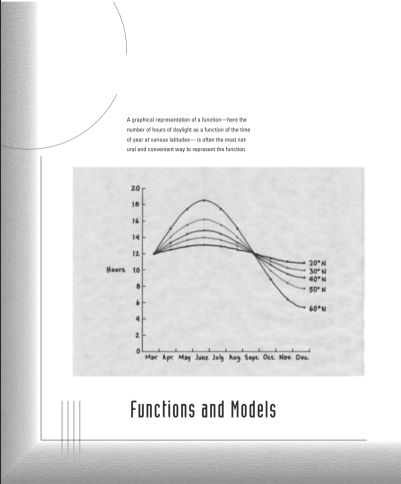Introduction to Calculus
Calculus is one of the most powerful and essential branches of mathematics. It deals with change, motion, and growth, helping us understand how things evolve over time or vary with respect to one another. At its heart, calculus answers questions like: How fast is something moving? How much area or volume is under a curve? What happens when a quantity grows infinitely small or infinitely large?
Why Calculus Matters
Calculus is the foundation of modern science, engineering, and technology. It is used to:
Physics & Engineering: Model motion, forces, energy, and design structures.
Computer Science: Power algorithms in graphics, optimization, and machine learning.
Economics & Finance: Predict change, optimize profit, and model markets.
Biology & Medicine: Describe population growth, blood flow, and disease spread.
Two Core Ideas of Calculus
Differential Calculus: Focuses on rates of change and slopes of curves. It answers “How fast?” or “In what direction?”
Integral Calculus: Focuses on accumulation and area under curves. It answers “How much?” or “What is the total?”
Together, these two ideas form the Fundamental Theorem of Calculus, showing that differentiation and integration are deeply connected.
Key Concepts You’ll Encounter
Limits and continuity
Derivatives and applications (slopes, optimization, velocity)
Integrals and applications (area, volume, accumulation)
Infinite series and convergence
Multivariable calculus (functions of several variables, gradients, and surface integrals)
Learning Calculus with Math Grammar
Calculus is not just mathematics, it is the language of change that helps us model the universe, from planetary motion to the smallest particles.

Calculus
11th edition - Thomas

Calculus Solution
Thomas

Calculus
5th Ed - James Stewart

Calculus Solution
5th Ed - James Stewart
